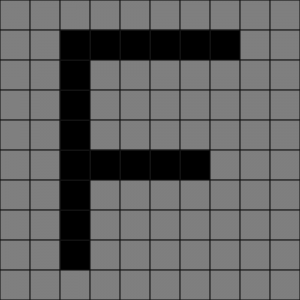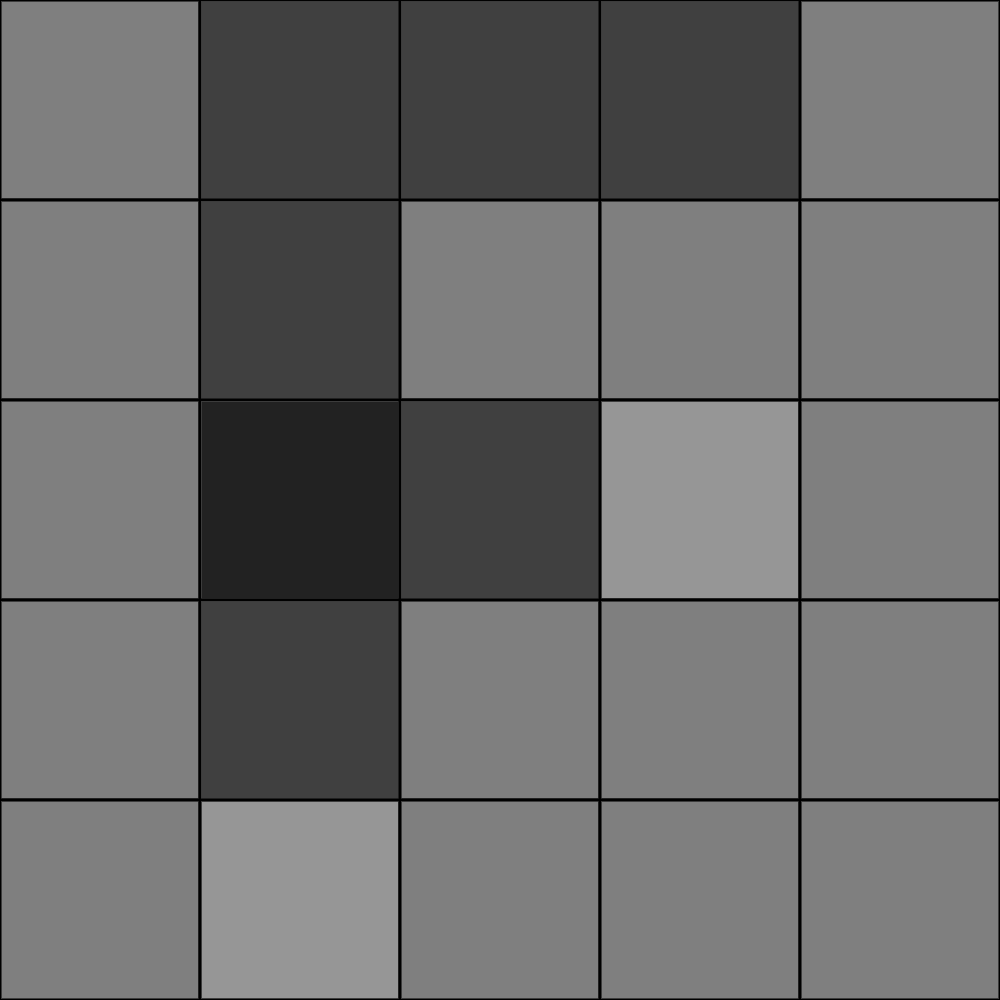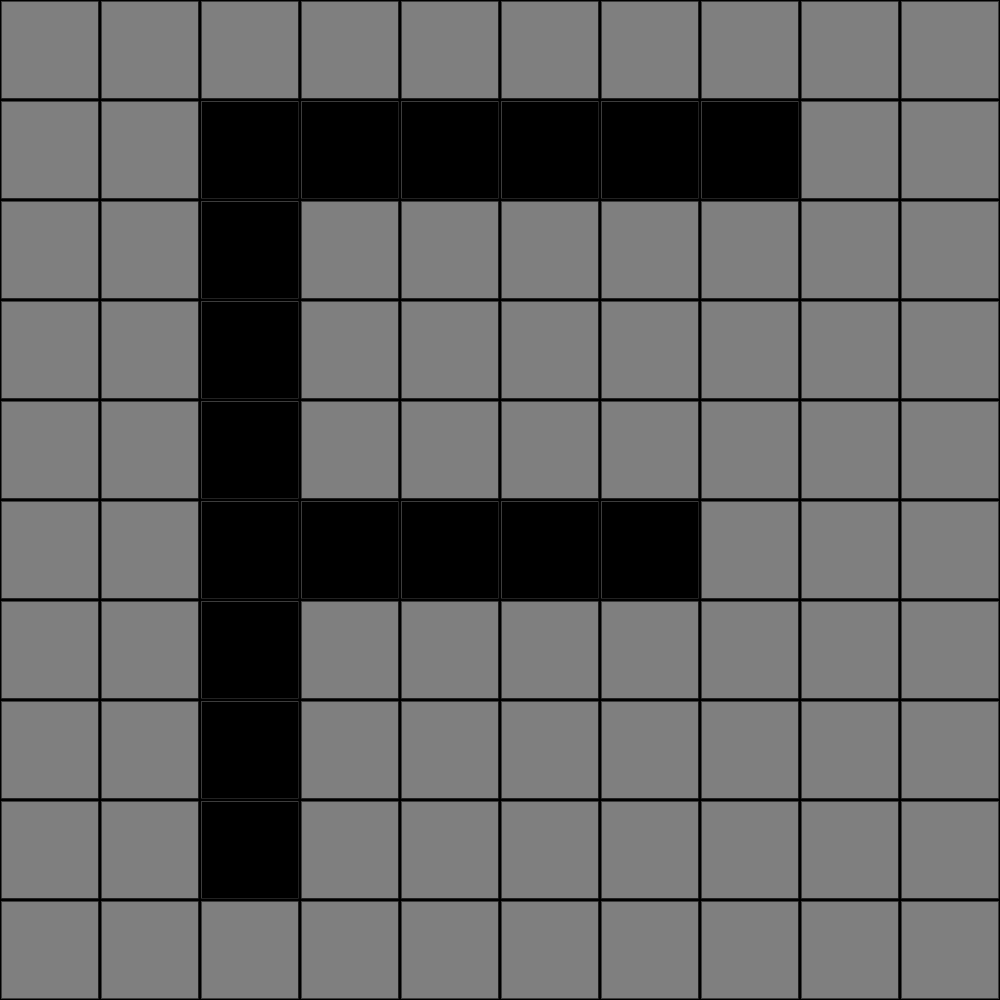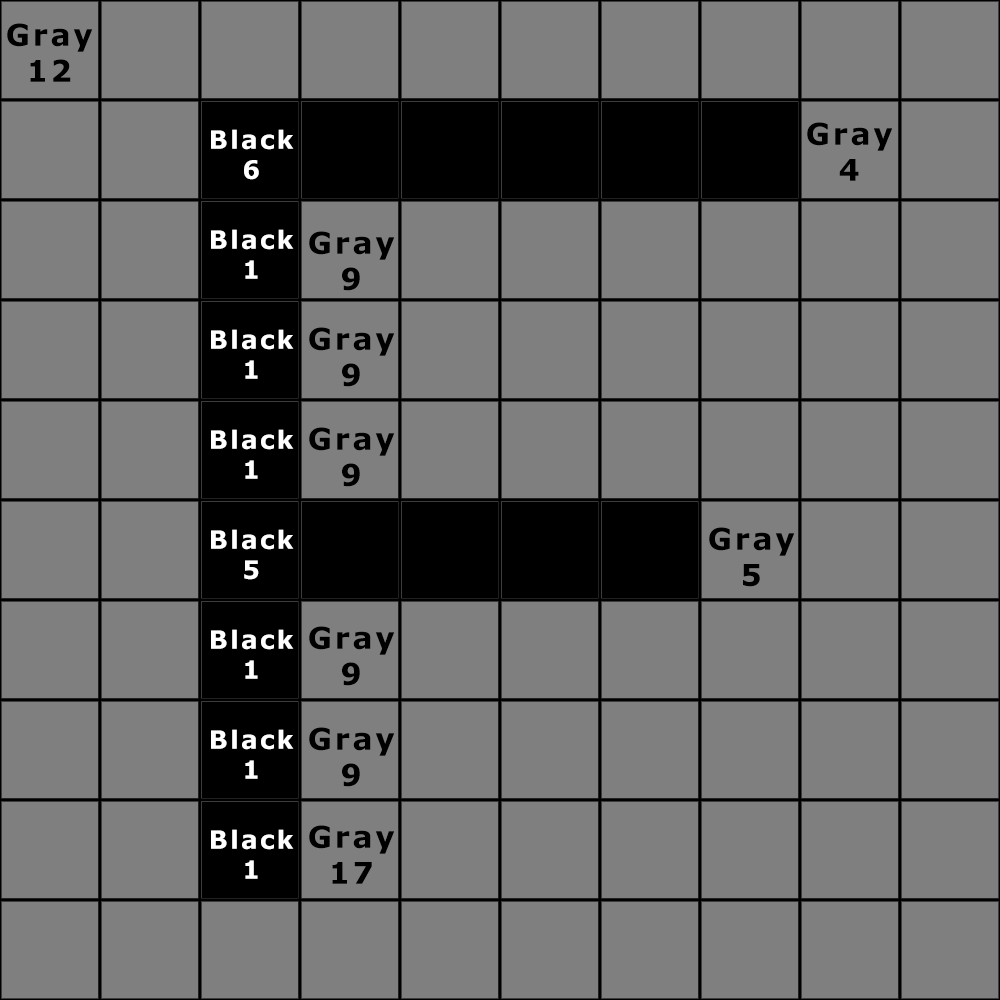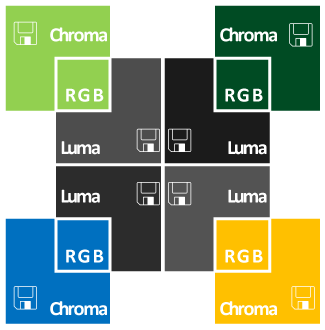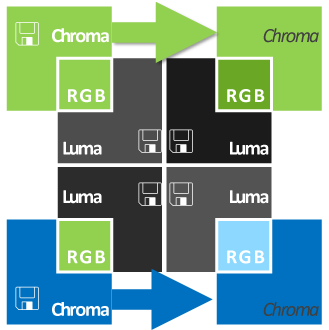What is color?
[siteorigin_widget class=”WP_Widget_Custom_HTML”][/siteorigin_widget]
RGB
Red, Green, Blue
This is a additive color created from light emitting pixels
Example: TV, Monitors, phones, etc
[siteorigin_widget class=”SiteOrigin_Widget_Image_Widget”][/siteorigin_widget]
CMYK
Cyan, Magenta, Yellow, BlacK *Key is also used to avoid confusion with blue in RGB
This is a subtractive color created from pigments
Example: Magazines, books, comic, etc
[siteorigin_widget class=”SiteOrigin_Widget_Image_Widget”][/siteorigin_widget]
[siteorigin_widget class=”WP_Widget_Custom_HTML”][/siteorigin_widget]
Computers
How does a computer see color?
Because computers are based on math all calculations are done in linear space.
[siteorigin_widget class=”SiteOrigin_Widget_Image_Widget”][/siteorigin_widget]
[siteorigin_widget class=”SiteOrigin_Widget_Image_Widget”][/siteorigin_widget]
Humans
How do humans see color?
Humans tend to see more colors in a mid range. We tend to see less dark and bright colors
[siteorigin_widget class=”SiteOrigin_Widget_Image_Widget”][/siteorigin_widget]
[siteorigin_widget class=”SiteOrigin_Widget_Image_Widget”][/siteorigin_widget]
Printers
How do printers see color?
Printers put color to paper via Cyan, Magenta, Yellow and blacK ink.
[siteorigin_widget class=”SiteOrigin_Widget_Image_Widget”][/siteorigin_widget]
[siteorigin_widget class=”WP_Widget_Custom_HTML”][/siteorigin_widget]
[siteorigin_widget class=”WP_Widget_Media_Gallery”][/siteorigin_widget]
